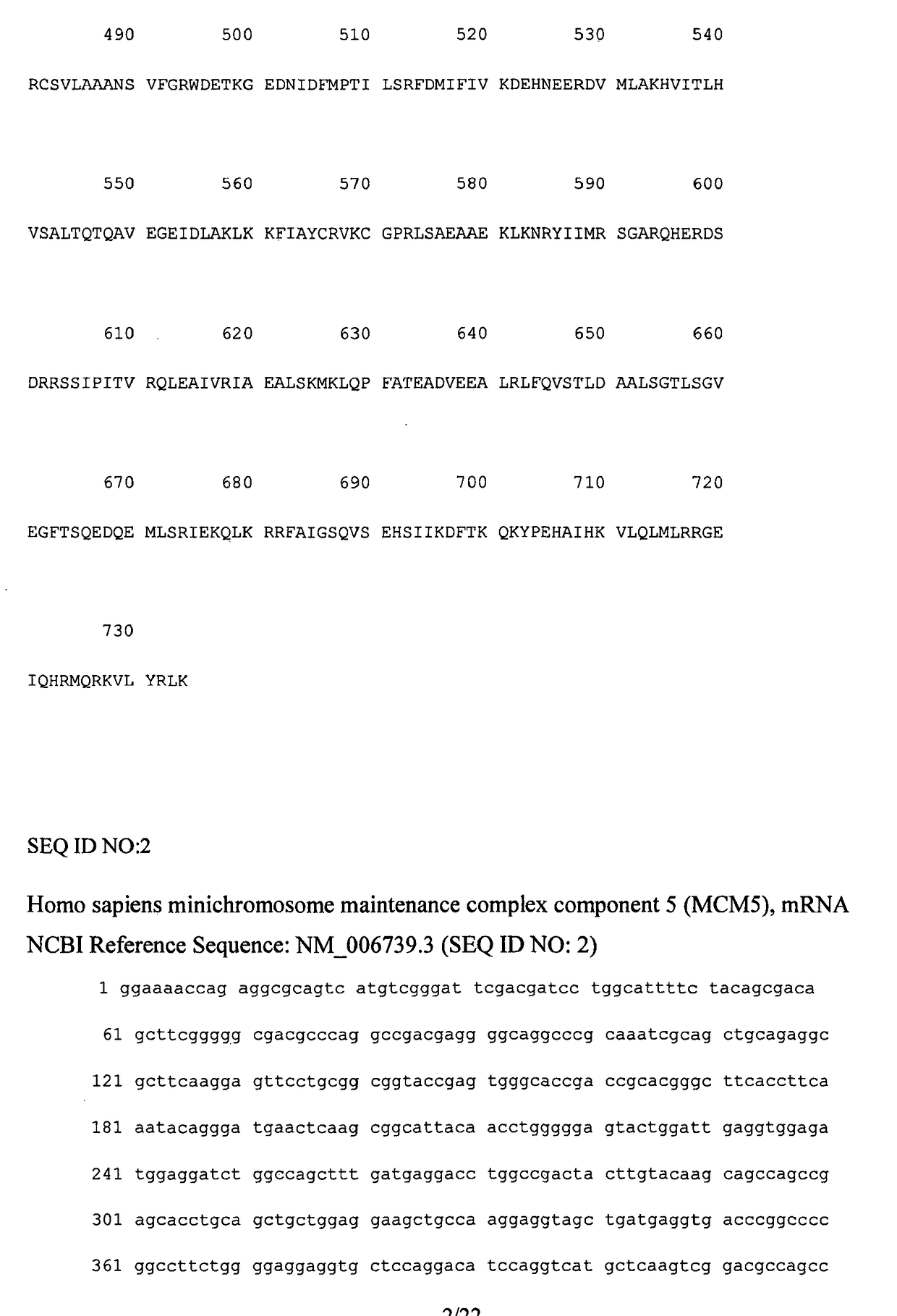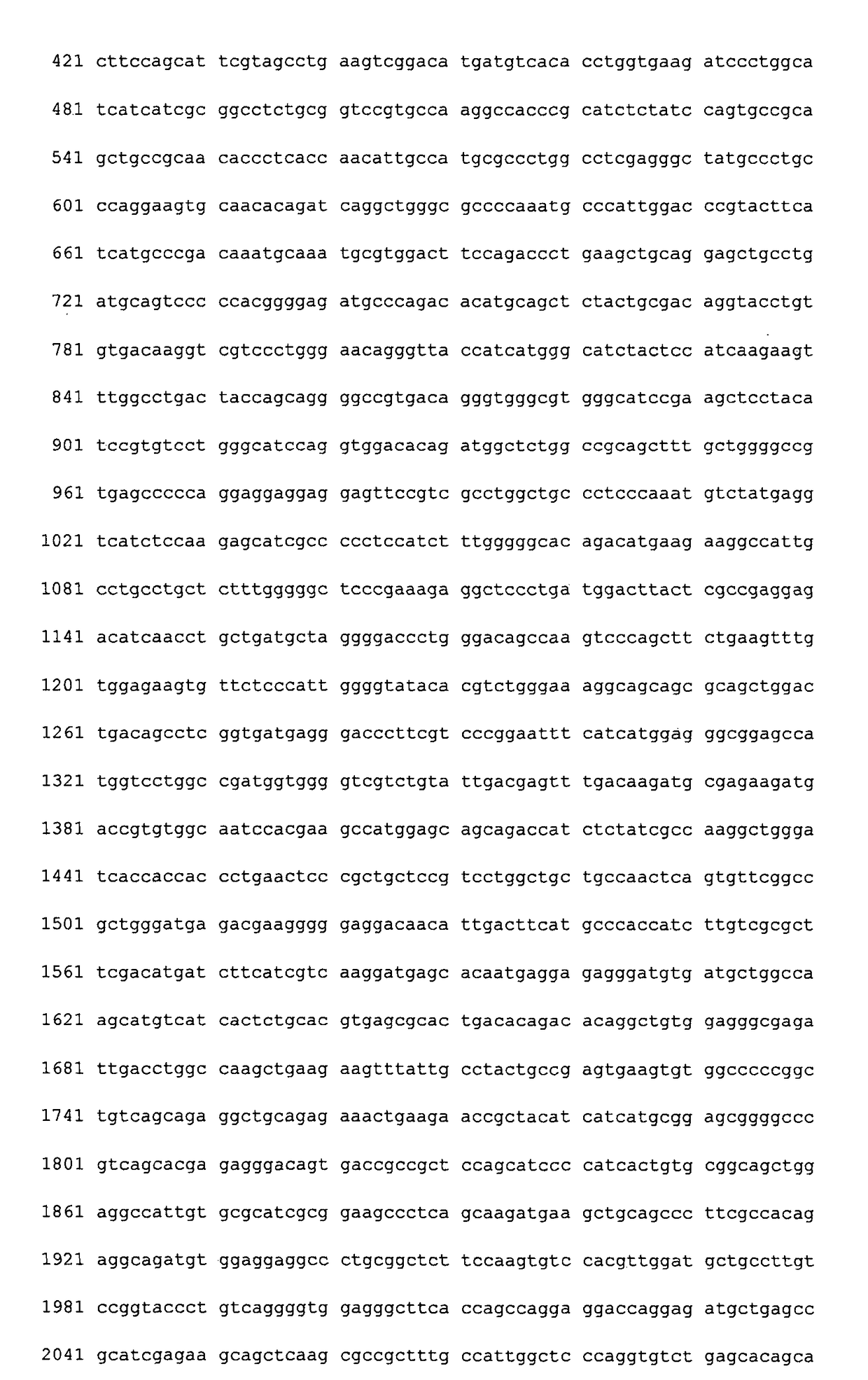Methods for analysing a urine sample
- Summary
- Abstract
- Description
- Claims
- Application Information
AI Technical Summary
Benefits of technology
Problems solved by technology
Method used
Image
Examples
example 1
[0287]Materials
[0288]Single voided urine specimens were obtained from patients attending a haematuria clinic at Heatherwood Hospital (Heatherwood and Wexham Park Hospitals NHS Foundation Trust), having obtained ethical approval from the Local Research Ethics Committee. Urinalysis using Multistix 10 SG dipsticks (Siemens) was carried out on fresh samples and the remainder of the urine was dispensed into 1 ml or 15 ml Falcon tubes which were placed in dry ice for transport to the laboratory.
[0289]Mcm5
[0290]An embodiment of the invention is a simple ELISA test for Mcm5, which usefully replaces the specialized and complex Mcm5 DELFIA® test (see Stoeber et al 2002 (Journal of the National Cancer Institute, 94, 1071-1079; 2002), thus the test could be carried out in a typical clinical chemistry laboratory. The test is a direct double-monoclonal antibody sandwich enzyme-linked immunoassay. Both antibodies have high affinity and specificity for the antigen Mcm5. Any Mcm5 in the sample under...
example 2
Study of Mcm5 in 116 Subjects being Investigated for Bladder Cancer
[0300]Urine specimens were obtained from 116 patients the majority of whom were subsequently examined by flexible cystoscopy and scanning by CT or ultrasound. If abnormal results were obtained the patients were referred for biopsy. Where available the results of these investigations were collected and added to the data set. The levels of Mcm5 were measured in each subject using the ELISA technique described above (Example 1). Eight cases of bladder cancer were clinically confirmed of which five were scored as positive in the Mcm5 assay.
TABLEIn the table “+” indicates that the Mcm5assay result exceeded the mean of the known negatives +3 SDs (negative mean OD 0.05, SD 0.0593). Thereforethe cut point was arbitrarily set at OD 0.23.Patient ID NumberGrade / Stage LocationELISA result6G2 pTa, papillary tumour, bladder+25pTa, ureter−27G2 pTa, papillary tumour, bladder−57G1 pTa, 5 mm tumour, bladder−86Squamous cell carcinoma, ...
example 3
n of Various Buffers
[0304]Known numbers of T24 urothelial carcinoma cells were lysed in each buffer and the lysates tested in ELISA for Mcm5. The results demonstrate a marked difference in lysis efficiency in this assay. The buffer containing SDS is typical of those described in the literature but is significantly less efficient than Cytobuster or ‘Urosens LB’ (0.08% sodium deoxycholate, 0.08% CHAPS, 2 mM EDTA, 150 mM Trizma pH 7.6). The results are presented in FIG. 4.
PUM
 Login to View More
Login to View More Abstract
Description
Claims
Application Information
 Login to View More
Login to View More - R&D
- Intellectual Property
- Life Sciences
- Materials
- Tech Scout
- Unparalleled Data Quality
- Higher Quality Content
- 60% Fewer Hallucinations
Browse by: Latest US Patents, China's latest patents, Technical Efficacy Thesaurus, Application Domain, Technology Topic, Popular Technical Reports.
© 2025 PatSnap. All rights reserved.Legal|Privacy policy|Modern Slavery Act Transparency Statement|Sitemap|About US| Contact US: help@patsnap.com



